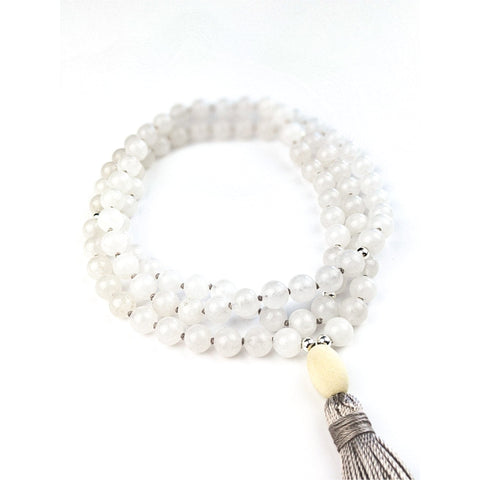From Tradition to Tranquillity: Embracing Tasbih Prayer Beads in Daily Practice
Nowadays life has become busier and this could be challenging to take time to enjoy the peace and connect with the divine. However, the ritual of wearing tasbih prayer beads allows various people to find tranquillity in a world of chaos.

These prayer beads are a priceless tool for those looking to combine a regular practice of prayer into their daily practice. In this article, we will discuss the purpose of tasbih beads in Islam and the reasons why utilizing them might encourage believers to engage in more spiritual activities.
The Ancient Custom of Tasbih Prayer Beads: The Arabic term for "adoration" or "remembering," tasbih, has a remarkable value in Islamic tradition. Reciting praises to Allah constantly is referred to as tasbih, and it is frequently performed while wearing prayer beads. Usually made up of 99 or 33 beads, tasbih prayer beads—also called Subha or misbaha—stand for the 99 names of Allah or the 33 phrases of glory.
Finding Tranquillity through Prayer Beads: Practicing tasbih prayer beads regularly provides an approach to achieving peace and spiritual harmony. Believers become thoughtful and introspective as they carefully move each bead between their fingers while they sing praises to Allah. Counting beads is a repetitive action that people may apply as a meditation technique to calm their minds, concentrate on the holy, and develop inner peace.
Enhancing Spiritual Connection: Muslims frequently wear tasbih prayer beads as a symbol of their devotion as well as belief. Whether they are worn during formal prayer rituals or silent meditation, the beads serve as an ongoing symbol of Allah's presence and the value of spiritual connectivity. Believing brings believers closer to the teachings of Islam and strengthens their relationship with the divine via the tactile sensation of holding the beads and stating prayers.
Incorporating Tasbih into Daily Life: Embracing tasbih prayer beads in daily practice offers numerous opportunities for spiritual enrichment. Tasbih Beads Islam serves as companions on the spiritual path, whether utilized in the calm hours of the morning or amid a hectic day. Integrating tasbih into everyday activities allows believers to foster mindfulness, thankfulness, and spirituality in all aspects of their lives.
The Power of Intention: Central to the practice of tasbih is the power of intention, or niyyah. With each bead counted and each phrase recited, believers offer their prayers and praises to Allah with sincerity and devotion. The intention behind the practice infuses each moment with meaning and purpose, transforming the simple act of counting beads into a profound spiritual experience.
Tasbih Prayer Beads: A Symbol of Unity: Tasbih prayer beads act as a unifying symbol for the Muslim community, transcending culture. Tasbih beads bring believers together in a common exhibit of faith and devotion. Prayer beads for Tasbih serve as a reminder of the solidarity and strength of the Muslim community worldwide throughout happy and sad, festive and reflective moments. They find comfort, strength, and a path to inner peace in the rhythmic recitation of praises to Allah, which promotes a sense of solidarity and oneness among believers worldwide.

Conclusion: Finding Peace Through Embracing Traditional: In a world of distraction and uncertainties, the Tasbih Beads Islam offers human beings a refuge the peace and tranquillity. Through the practice of tasbih in daily life, believers can enhance their spirituality by understanding the reality of Allah while gaining consciousness. While holding the beads in their fingers, these believers are reminded of the long-lasting and profound lesson offered by Islamic tradition, as well as their ability to pray at any time. The repeating of Allah's recall provides individuals with calm, strength and a path to mental tranquillity during their prayer periods.








Leave a comment